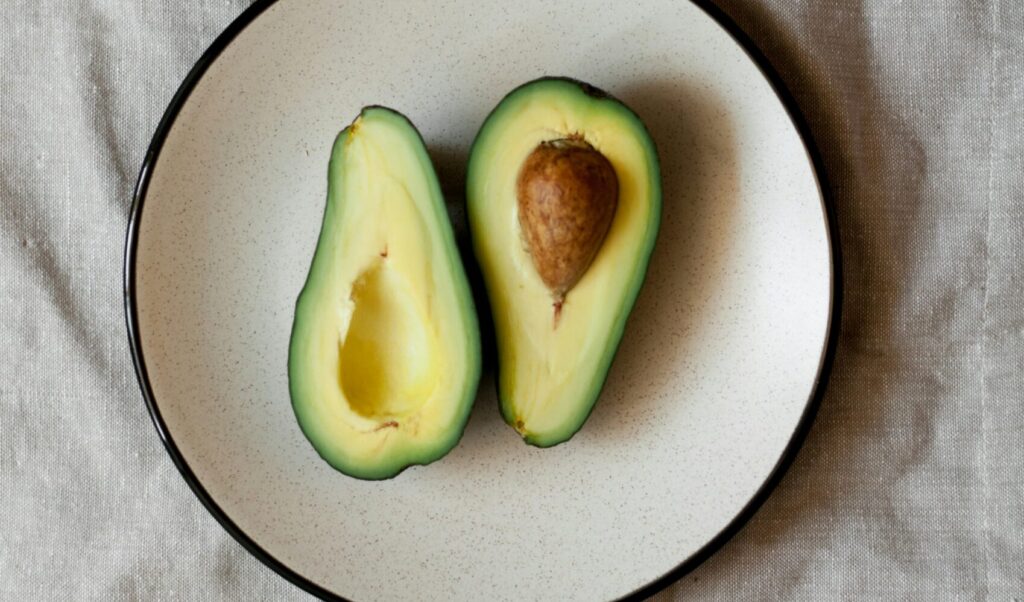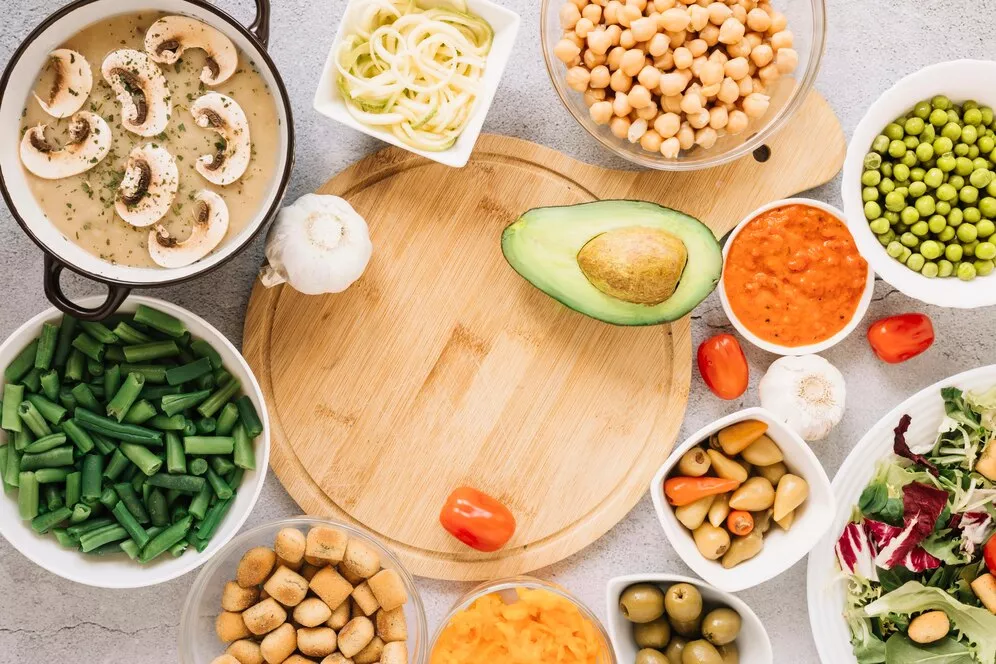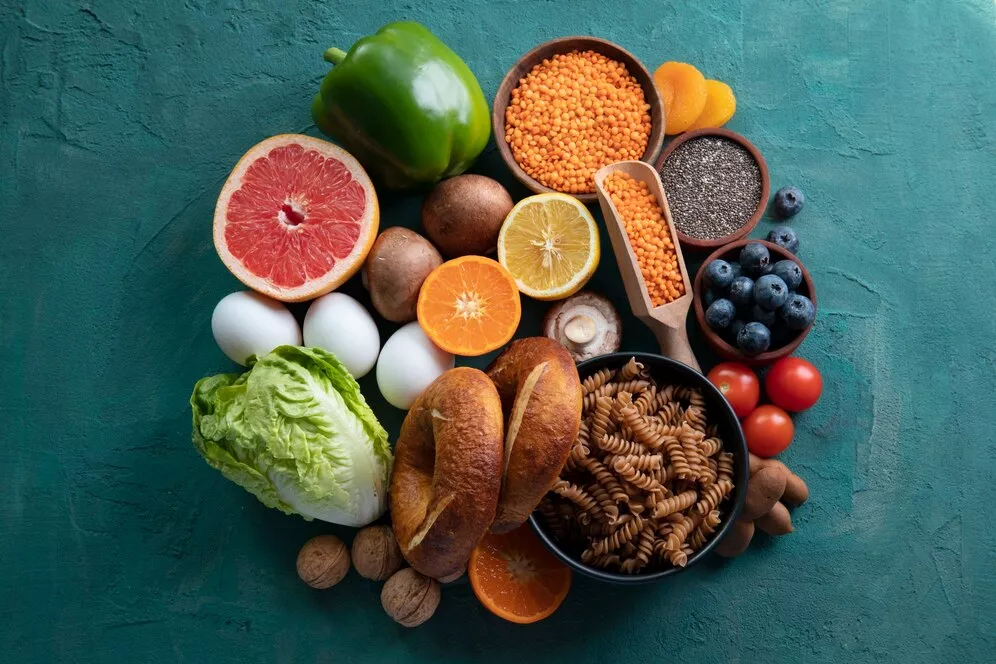Top Plant-Based Anti-Inflammatory Foods to Include in Your Diet

A few years ago, I was struggling with constant fatigue and joint pain. It felt like my body was working against me, and I didn’t know where to start. That’s when I discovered the power of plant-based anti-inflammatory foods. By making simple changes to my diet, I noticed a huge difference in how I felt—less pain, more energy, and a better mood overall. In this blog, I’ll share the foods that worked best for me, along with practical tips and recipes to help you get started. Whether you’re new to anti-inflammatory eating or just looking for fresh ideas, this guide has you covered.
What is an Anti-Inflammatory Diet?
An anti-inflammatory diet focuses on eating foods that reduce chronic inflammation in the body. While inflammation is a natural response to injury or infection, chronic inflammation can lead to health issues like heart disease, arthritis, and diabetes. A plant-based anti-inflammatory diet includes fruits, vegetables, nuts, seeds, and whole grains—foods packed with antioxidants, vitamins, and minerals that help fight inflammation naturally.
Top Plant-Based Anti-Inflammatory Foods
Here are the foods that made the biggest difference for me, along with tips on how to use them:
1. Turmeric
Turmeric is a bright yellow spice with powerful anti-inflammatory benefits, thanks to its active compound, curcumin. I started adding a teaspoon of turmeric to my morning smoothies, and within a few weeks, I noticed less stiffness in my joints. One of my favorite ways to use turmeric is in a golden milk latte:
- Heat 1 cup of almond milk with 1 teaspoon of turmeric, a pinch of black pepper (to boost absorption), and a dash of honey.
- Stir well and enjoy before bed. It’s soothing, delicious, and packed with benefits.
2. Leafy Greens
Leafy greens like kale, spinach, and Swiss chard are rich in antioxidants and vitamins. I’ll admit, I wasn’t always a fan of greens, but now I can’t imagine my meals without them. I love starting my day with a green smoothie:
- Blend 1 cup of spinach, 1/2 a banana, 1/2 cup of frozen berries, and 1 cup of almond milk.
- It’s refreshing, energizing, and makes me feel like I’m doing something good for my body.
3. Berries
Berries like blueberries, strawberries, and raspberries are packed with anthocyanins, which are powerful antioxidants. I keep a bag of frozen blueberries in my freezer for quick smoothies or oatmeal toppings. They’re not only delicious but also help me feel less bloated and more focused throughout the day.
4. Nuts and Seeds
Walnuts, chia seeds, and flaxseeds are excellent sources of omega-3 fatty acids and fiber. I sprinkle them on oatmeal, make chia pudding, or snack on a handful of walnuts. They’re a great way to add crunch and nutrition to your meals.
5. Cruciferous Vegetables
Broccoli, cauliflower, and Brussels sprouts contain a compound called sulforaphane, which has strong anti-inflammatory properties. I love roasting them with a drizzle of olive oil and a sprinkle of garlic powder—it’s a simple, tasty side dish.
6. Avocados
Avocados are loaded with healthy fats and potassium. I add them to salads, spread them on toast, or make guacamole. They’re creamy, satisfying, and great for reducing inflammation.
How to Incorporate These Foods into Your Diet
Here are some practical tips that helped me:
- Start Small: Add one new food at a time, like a handful of berries to your breakfast or a sprinkle of turmeric to your soup.
- Meal Prep: Chop veggies, cook quinoa, or make a big batch of lentil soup for the week.
- Snack Smart: Keep nuts, seeds, and dried seaweed on hand for quick, healthy snacks.
Sample Meal Plan
Here’s a simple 1-day plan to get you started:
- Breakfast: Oatmeal with berries, chia seeds, and a drizzle of honey.
- Lunch: Quinoa salad with leafy greens, avocado, and chickpeas.
- Dinner: Lentil curry with turmeric and garlic, served with brown rice.
- Snacks: Walnuts or a cup of green tea.
Lifestyle Tips to Reduce Inflammation
While diet is important, other lifestyle changes can also help:
- Exercise Regularly: Even a 30-minute walk can make a difference.
- Manage Stress: Try yoga, meditation, or deep breathing exercises.
- Get Enough Sleep: Aim for 7-8 hours of sleep each night.
FAQs
Q: Can a plant-based diet really reduce inflammation?
Yes! Plant-based foods are rich in antioxidants and anti-inflammatory compounds that help lower inflammation naturally.
Q: How long does it take to see results?
It varies, but many people notice improvements in energy levels and reduced inflammation within 2-4 weeks.
Q: Are there any side effects of eating too many anti-inflammatory foods?
These foods are generally safe, but moderation is key. For example, too much turmeric may cause digestive issues for some people.
Conclusion
Adding plant-based anti-inflammatory foods to your diet is a simple and effective way to improve your health. These foods not only reduce inflammation but also provide essential nutrients your body needs. Start by incorporating a few of these foods into your meals and gradually build from there. Remember, small changes can lead to big results over time.
Which of these foods will you try first? Share your thoughts in the comments below!

